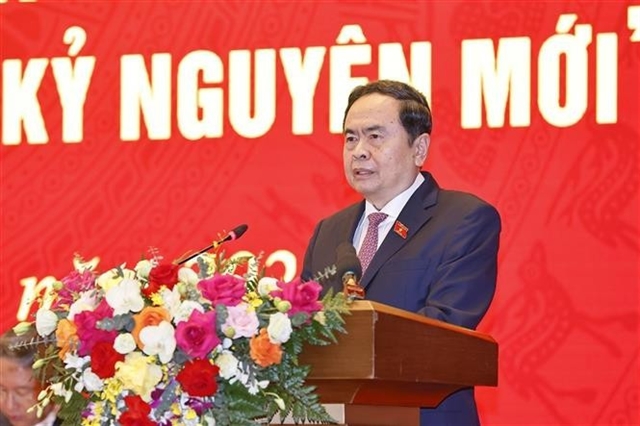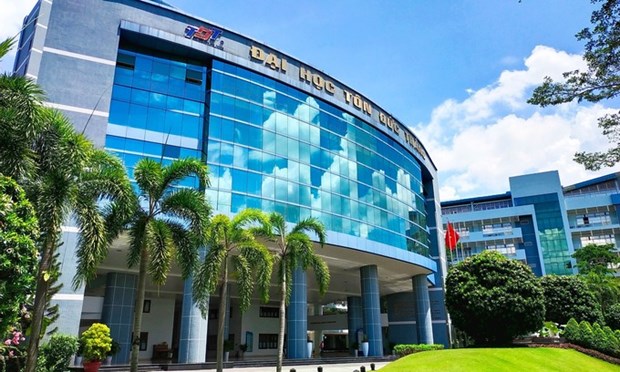 Society
Society

 |
| Tôn Đức Thắng University in HCM City. — Photo courtesy of the university |
HÀ NỘI — Việt Nam has 11 representatives listed in QS Asia University Rankings 2023 released by UK-based education organisation Quacquarelli Symonds.
The highest ranking in Việt Nam went to Tôn Đức Thắng Univerisity, at 138th place, closely followed by the Duy Tân Univerisity, Vietnam National University-Hanoi and Vietnam National University-HCM City at 145th, 162nd and 167th position, respectively.
Hanoi University of Science and Technology is placed 248th. Hue University ranks in the 351-400 group, University of Economics HCM City in 401-450 and University of Đà Nẵng in 501-550.
The remaining Vietnamese universities in the 2022 rankings are Cần Thơ University and Hanoi National University of Education in the group of 551-600 and the Industrial University of HCM City in the 651-700 group.
Featuring 760 Asian universities, the 2023 rankings of the top Asian universities are the biggest to date, QS stated.
This year, Peking University takes the top spot. It is followed by National University of Singapore and Tsinghua University of China.
Published annually since 2009, QS Asia University Rankings highlights the top universities in Asia each year using 11 indicators: academic reputation (30 per cent), employer reputation (20 per cent), faculty/student ratio (10 per cent), international research network (10 per cent), citations per paper (10 per cent) and papers per faculty (5 per cent), staff with a PhD (5 per cent), proportion of international faculty (2.5 per cent) and proportion of international students (2.5 per cent), proportion of inbound exchange students (2.5 per cent) and proportion of outbound exchange students (2.5 per cent). — VNS




